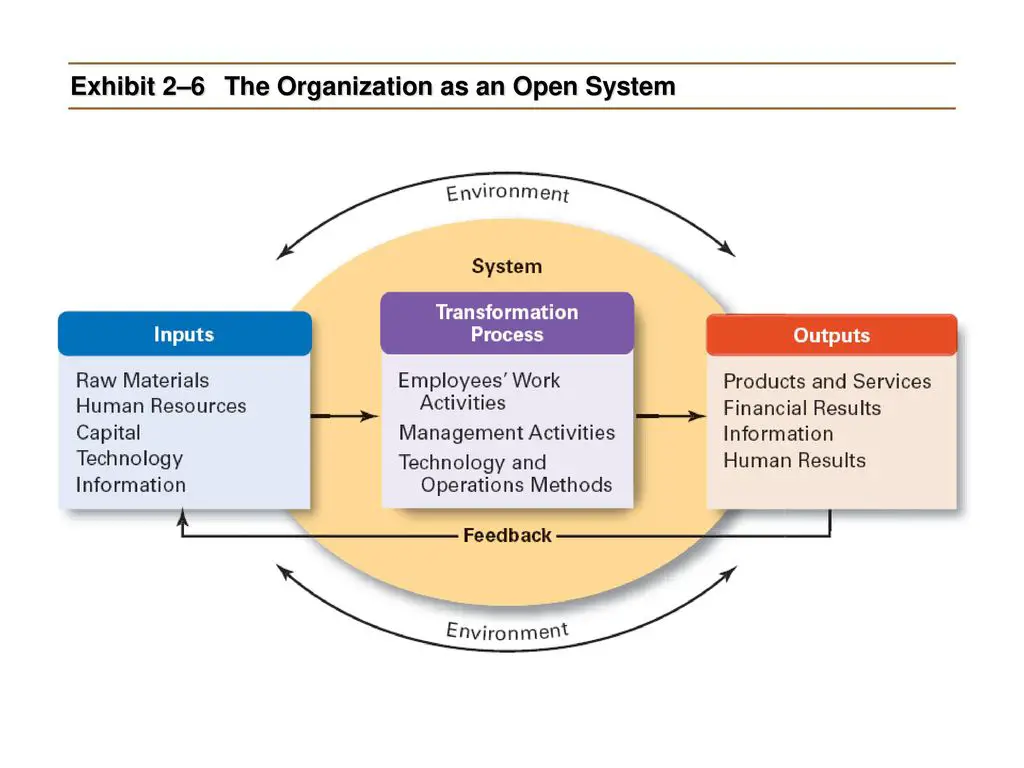Quality Metrics & Measurements
A customer typically relates quality of feature-based measures—determined by design and performance measures—conformance to design or ideal value. All goods and services are produced in various grades or levels of quality. These variations in grades or levels of quality are intentional and are due to the design of quality. For example, all automobiles differ with respect to size, appearance, parts and performance. These differences are the result of intentional design differences between the types of automobiles. These design differences include the types of materials used in construction, specifications on the components, reliability of the machine, accessories and equipment.
Then, there is true versus substitute performance measures which are defined based on the perception of the customers and producers. Usually, the true measures are defined by the customer and vary from individual to individual. The substitute measures defined by producers are normally quantifiable and are termed as the performance measures. For example, for a newly branded car an automatic door lock is a substitute measure and a simple door lock is a true mesure.
What is a Metric?
Metric is a standard of measurement. Sometimes used as a term for a substitute performance measure. In quality management, metrics are used to translate customer needs into producer performance measures.
Qualtiy metric data may be used to spot trends in performance, compare alternatives and predict performance. However, organizations should consider the costs and benefits of collecting information for a particular quality metric. Collecting data will not necessarily result in higher performance levels. Higher quality companies often use fewer metrics than their competitors. An effective metrics satisfy the following conditions:
- performance is clearly defined in a measurable entity (quantifiable) and
- a capable system exists to measure the entity (e.g. a gage).
An effective metrics allow for ationable responses if the performancne is unacceptable. There is little value in a metric which identifies non-performance if nothing can or will be done to remedy it.
In practice, identifying effective metrics is often difficult. The main reason is due to the non-performance of a metric does not always lead to customer dissatisfaction. Producers typically identify ranges of acceptable performance for a metric. For services, these ranges are often referred to as break points and in manufacturing, these ranges are known as targets, tolerances or specifications.
Break Points
Break points are levels where improved performance will likely change customer behavior. For example, if in a queue, the average waiting time for a customer is 5 minutes. Then customer will be dissatisfied, if he has to wait for longer than 5 minutes, customer is satisfied, if the waiting time is between 1 and 5 mintues and the customer is extremely satisfied, if the waiting time is less than 1 minute.
Most of us spend many of our waking hours working in an organization of one type or another.
The Definition
Organizations as diverse as a bank, a consumer products company, a ride-hailing service, a corporate farm, a social networking site, and a government agency have characteristics in common.
The definition used in this article to describe organizations is as follows:
- social entities that
- are goal-directed,
- are designed as deliberately structured and coordinated activity systems, and
- are linked to the external environment.
Organizations, therefore, are social entities that are goal-directed, designed as deliberately structured and coordinated activity systems, and are linked to the external environment.
An organization is a means to an end and it has to be designed to accomplish that end. It might be thought of as a tool or machine to get things done and achieve a specific purpose.
The purpose will vary, but the central aspect of an organization is the coordination of people and resources to collectively accomplish desired goals.
An organization is not a building or a set of policies and procedures; organizations are made up of people and their relationships with one another.
An organization exists when people interact with one another to perform essential functions that help attain goals.
Managers and owners deliberately structure organizational resources to achieve the organization’s purpose Opens in new window. However, even though work may be structured into separate departments Opens in new window or sets of activities, most organizations today are striving for greater horizontal coordination of work activities, often using teams of employees from different functional areas to work together on projects.
Boundaries between departments, as well as those between organizations, are becoming more flexible and diffuse as companies face the need to respond to changes in the external environment more rapidly. An organization cannot exist without interacting with customers, suppliers, competitors, and other elements of the external environment.
Some companies are even cooperating with their competitors, sharing information and technology to their mutual advantage.
Figure X-1 shows the organization as an open system:
- that obtains inputs from the external environment,
- adds value through a transformation process, and
- discharges products and services back to the environment.
 Figure X-1 The Organization as an Open System | Credit: Slideplayer Opens in new window
Figure X-1 The Organization as an Open System | Credit: Slideplayer Opens in new window
| Remember This! |
|---|
|
Featured contents in the series:
- What Is an Organization?Opens in new window
- Multinational vs Non-Profit OrganizationsOpens in new window
- Organization DesignOpens in new window
- Structural Dimensions of Organization DesignOpens in new window
- Contingent Factors of Organization DesignOpens in new window
- Performance Efficiency and Effectiveness OutcomesOpens in new window
- Organic versus Mechanistic DesignOpens in new window
- Organizational Design AlternativesOpens in new window
- Organizational EffectivenessOpens in new window
- How to Measure Organizational EffectivenessOpens in new window
- Research data for this work have been adapted from the manual:
- Organization Theory & Design By Richard L. Daft

